We sat down with TRM volunteer Carly Wolowich for a peek into the making of our latest exhibit, “George Paginton: Life and Work”. The exhibit opens on November 17 for Friends of TRM and November 18 to the public. Additionally, join us for a free online lecture about the artist and his work on November 18.
Behind the Exhibit
Artist George Paginton was inspired by the industrial landscape – including the Toronto Rail Lands. Months (and sometimes years!) of planning go into the creation of a new museum exhibit. The Toronto Railway Museum is so fortunate to have active volunteers working across many areas. One of these areas includes exhibit planning and development.

Consequently, we sat down with TRM volunteer Carly Wolowich for a peek into the making of our latest exhibit. In other words, we chatted about the exhibit, “George Paginton: Life and Work”. Keep reading to learn more about the curatorial work Carly has been involved with!
Hi Carly! We’re excited to share more about your work on our newest exhibit, George Paginton: Life and Work. Please tell us a little bit about yourself.
Hello! I am Carly Wolowich and I have been working as a volunteer curator for the George Paginton: Life and Work exhibition. Throughout the completion of my studies in the Master of Museum Studies program at the University of Toronto, I have focused my research on how to implement community-centered practices in art galleries and their collections. My time working in cultural institutions such as the Toronto Railway Museum has furthered my passion to create accessible environments that foster reciprocal and equitable conversations within gallery and museum spaces.
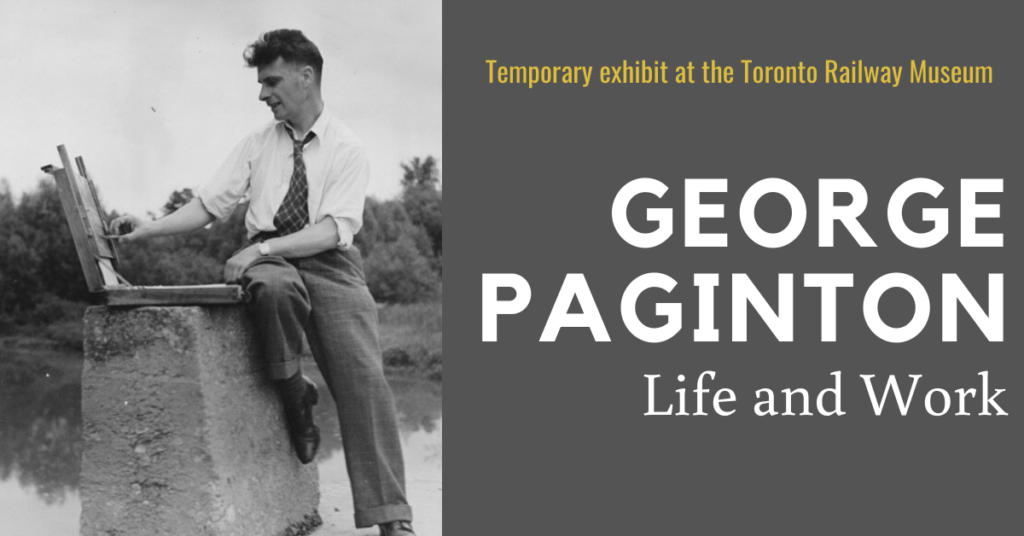
Can you explain more about your role working on this exhibit?
My aim as a curator for this exhibition was to inspire reflection on George Paginton’s unique artistic interpretation of Toronto’s Rail Lands. This process first started by researching Paginton and his contemporaries to better understand the artist’s history. The research included relevant art historical movements during this time. I was then tasked with selecting the artworks to be displayed, making sure to choose a breadth of works that showcase Paginton’s varying styles and subject matters. Of the thirteen artworks kindly gifted by the family of George Paginton, six were selected. I then wrote labels for each work. When writing I attempted to inspire close looking, noting subtleties such as a brushstroke or choice of colour. When these details are considered, they can change how a painting is interpreted. I also made sure that these writings were made accessible by using language understood by visitors of many ages.

If you could sum up George Paginton, how would you describe him?
George Paginton was a skilled and creative interpreter of the world around him. Working intimately with the land from an early age, Paginton’s relationship with nature continued in his artistic practice as he became a steadfast landscapist. Furthermore, I think Paginton’s truthful depiction of Canada is what set him apart from his contemporaries. His intensity of colour and freedom of technique with which he captured his surroundings forced, and continues to ask, viewers to pause. As a result, it encourages viewers to reflect on their current circumstances.
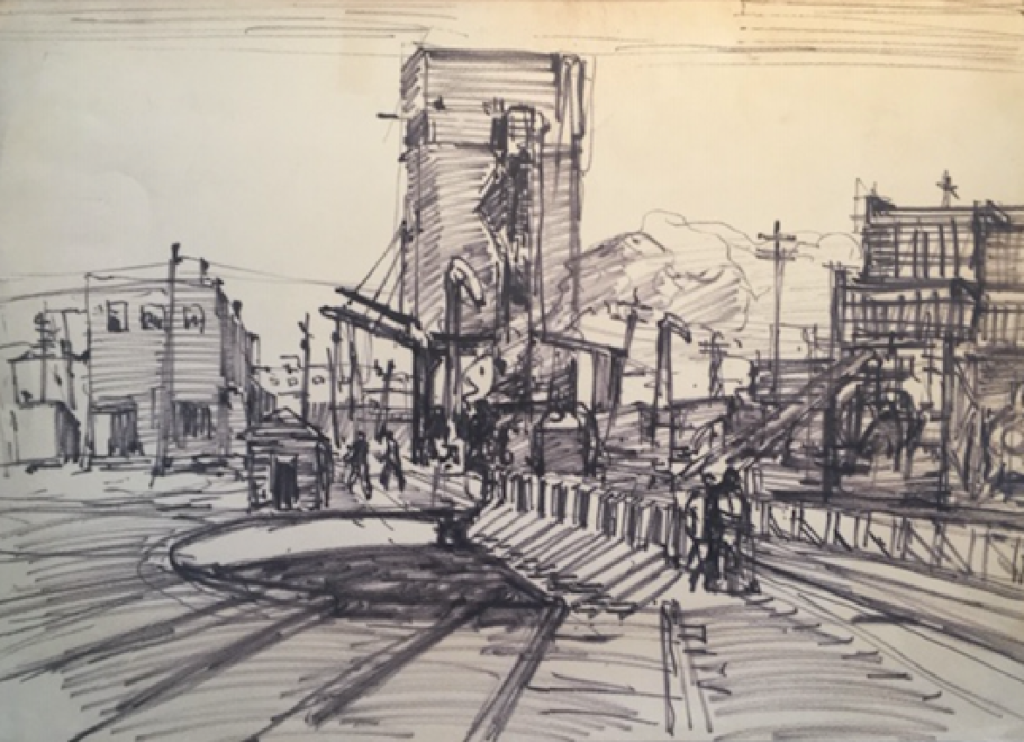
What do you hope visitors will take away from this exhibit?
I hope that visitors will be able to explore a new perspective on Toronto’s railway history. Paintings such as Paginton’s bring about a sense of wonder and imagination that can sometimes be hard to find in photographs and archival materials. They inspire creativity while also speaking to the time in which they were created. Having the ability to see the artistry and connection one had with a place you are currently in is such an intimate and meaningful experience. I hope seeing Paginton’s past depiction of the Railway Museum will build connections between visitors.
Lastly, do you have a favourite artwork in the exhibit?
One of my favourite works from the exhibition is titled Locomotives. The painting features two men working in front of two steam trains. Artwork created during this time, especially by the Group Seven, is often remiss in featuring people. A large part of the history of trains and locomotives involves those that worked on and aboard them. Paginton captures this story in his work. As you look at the painting you become immersed in the scene, hearing the individuals stomp and clank their tools and feel the heat from the train’s steam as you imagine breathing in the air that is thick with smoke. Like all of Paginton’s artworks, this piece transports me to a new moment and place for me to learn from.
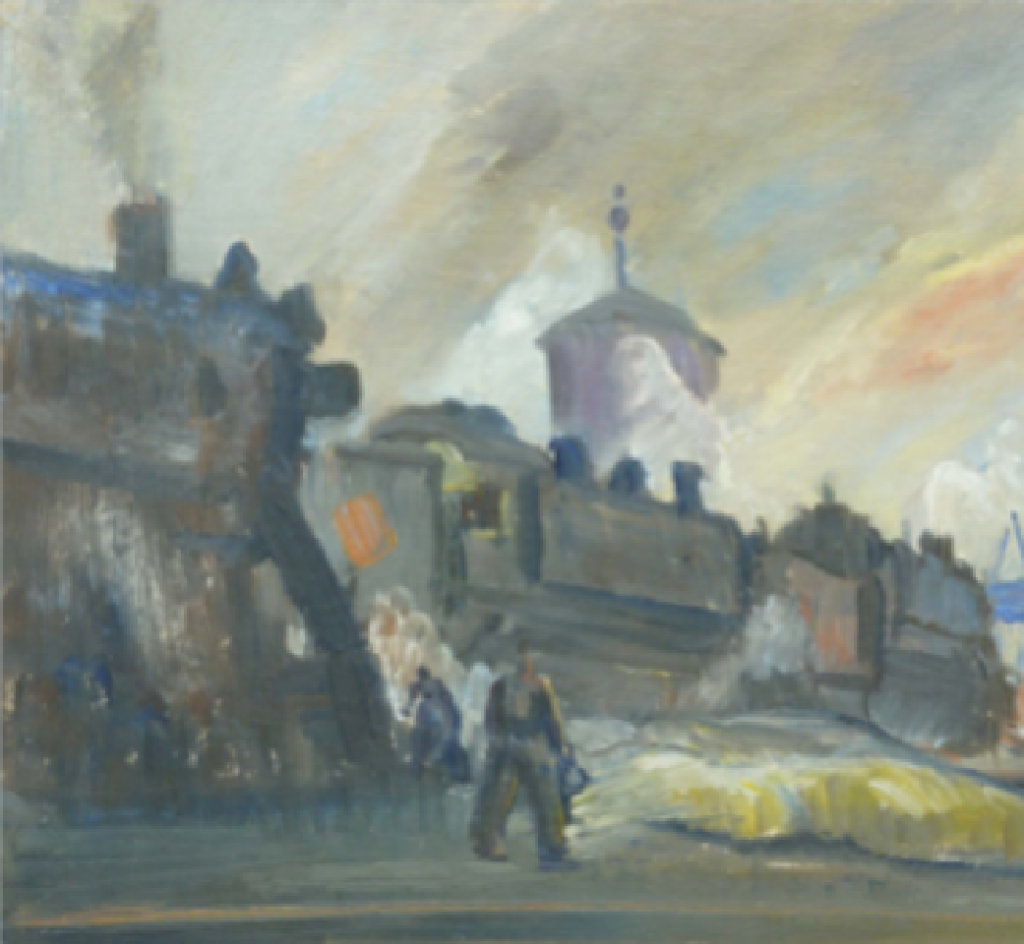
Thank you so much, Carly! In short, “George Paginton: Life and Work” opens on November 17 to Friends of TRM and November 18 to the public. Plan your visit here.
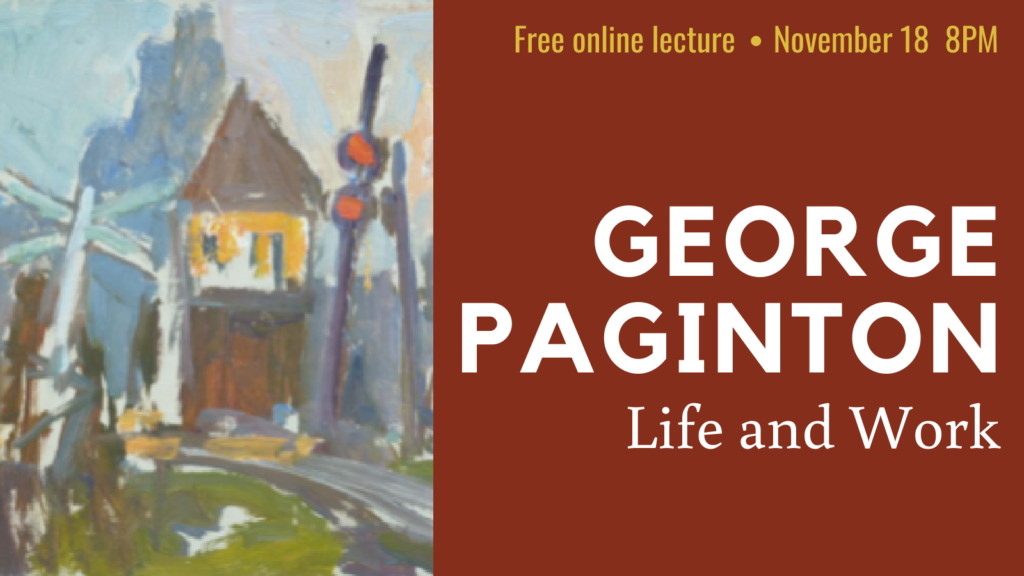
George Paginton Lecture
Above all, don’t forget to register for the November 18 lecture! It is presented with Art Appraiser Kelly Juhasz and Peel Art Gallery, Museum and Archives (PAMA) Curator Sharona Adamowicz-Clements. In conclusion, get your FREE ticket here.
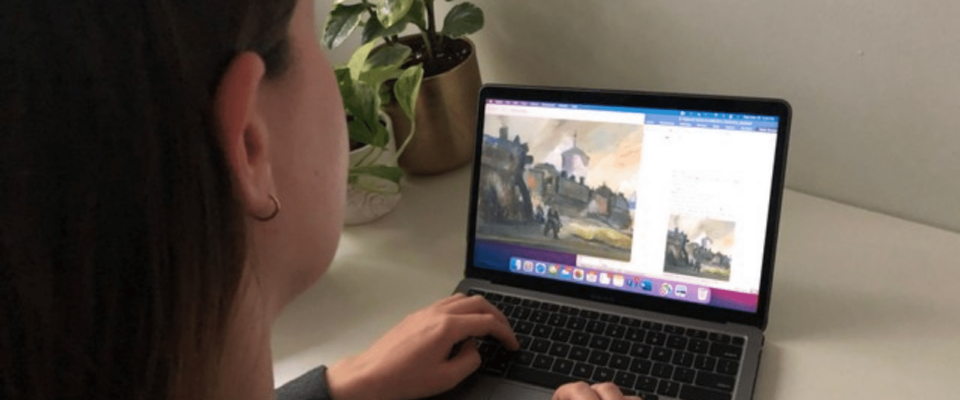
Absolutely fabulous that George Paginton is receiving some well deserved recognition! I look forward to attending the exhibit.
Absolutely fabulous that George Paginton is receiving some well-deserved attention! I look forward to attending the exhibit.